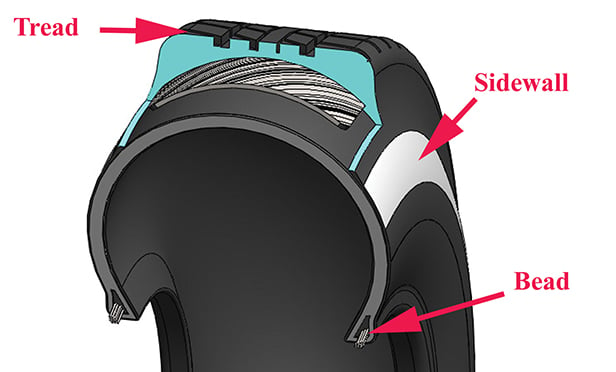 Figure 1 shows a cross section of a typical pneumatic tire. (Photo: C. Roberts)
Figure 1 shows a cross section of a typical pneumatic tire. (Photo: C. Roberts)
The tire bead is a wire structure that aids in securing the tire to the wheel rim. There are three major wire bead designs used in the manufacture of tires: the overlapping splice (weftless) bead, the mono-strand bead and the cable bead. This article deals with the weftless bead, which is prone to damage under certain conditions when mounting a tire. Figure 1 is a cross section of a typical pneumatic tire showing major components.
Recommended For You
Want to continue reading?
Become a Free PropertyCasualty360 Digital Reader
Your access to unlimited PropertyCasualty360 content isn’t changing.
Once you are an ALM digital member, you’ll receive:
- Breaking insurance news and analysis, on-site and via our newsletters and custom alerts
- Weekly Insurance Speak podcast featuring exclusive interviews with industry leaders
- Educational webcasts, white papers, and ebooks from industry thought leaders
- Critical converage of the employee benefits and financial advisory markets on our other ALM sites, BenefitsPRO and ThinkAdvisor
Already have an account? Sign In Now
© Touchpoint Markets, All Rights Reserved. Request academic re-use from www.copyright.com. All other uses, submit a request to [email protected]. For more inforrmation visit Asset & Logo Licensing.







